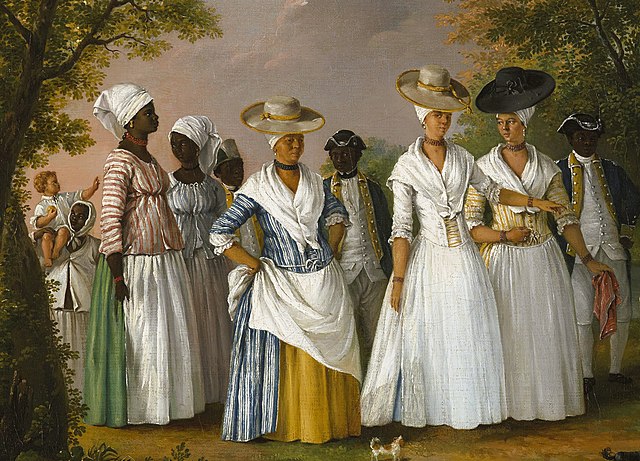Julien Raimond (1744–1801) was a Saint Dominican indigo planter in the French colony of Saint-Domingue, now the Republic of Haiti, who became a leader in its revolution and the formation of Haiti.
"Mortals are equal, it is not birth, but virtue alone that makes the difference".
In the context of the history of slavery in the Americas, free people of color were primarily people of mixed African, European, and Native American descent who were not enslaved. However, the term also applied to people born free who were primarily of black African descent with little mixture. They were a distinct group of free people of color in the French colonies, including Louisiana and in settlements on Caribbean islands, such as Saint-Domingue (Haiti), St. Lucia, Dominica, Guadeloupe, and Martinique. In these territories and major cities, particularly New Orleans, and those cities held by the Spanish, a substantial third class of primarily mixed-race, free people developed. These colonial societies classified mixed-race people in a variety of ways, generally related to visible features and to the proportion of African ancestry. Racial classifications were numerous in Latin America.

Free Women of Color with their Children and Servants, oil painting by Agostino Brunias, Dominica, c. 1764–1796.
Free woman of color with quadroon daughter. Late 18th-century collage painting, New Orleans.
Free West Indian Dominicans, c. 1770




